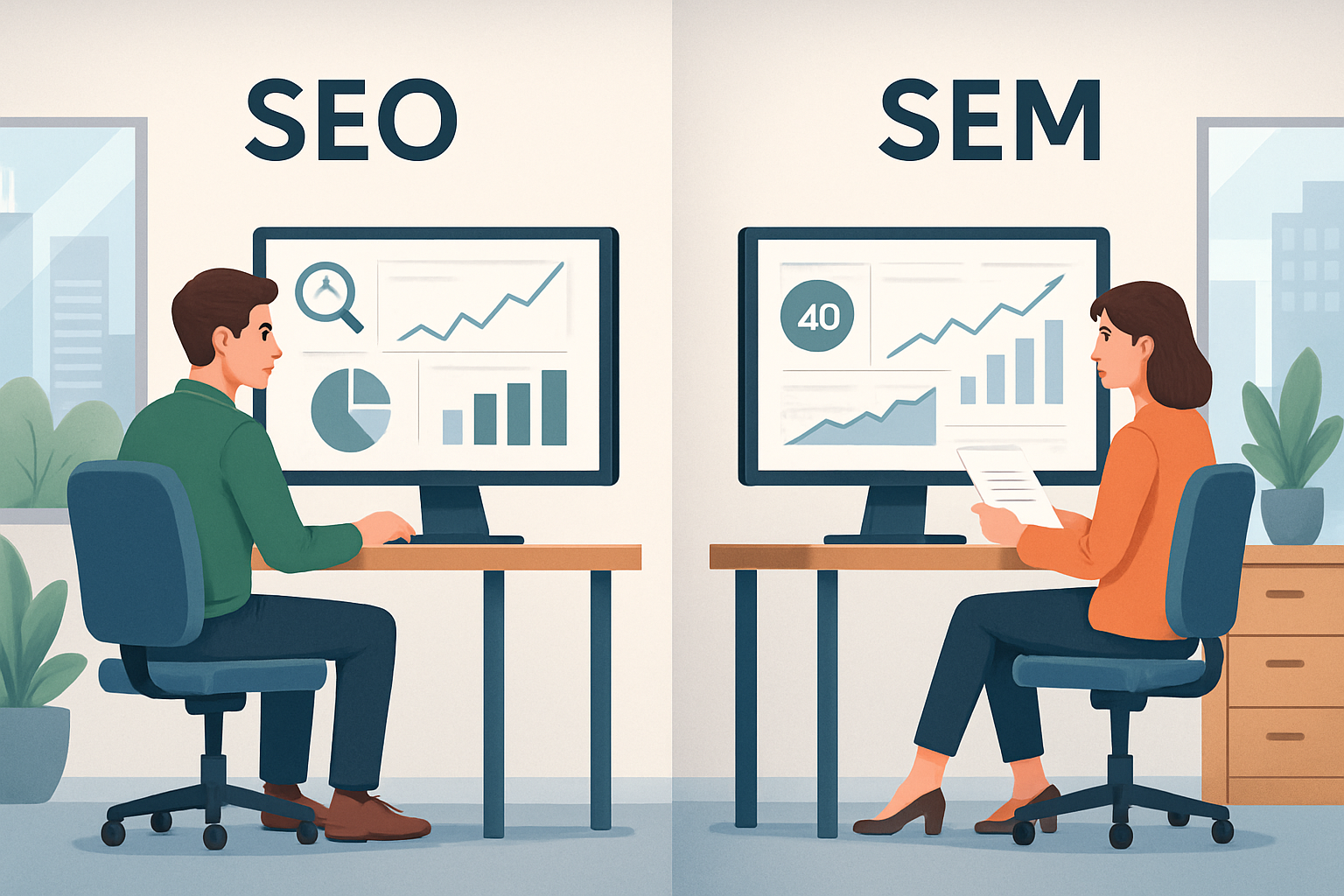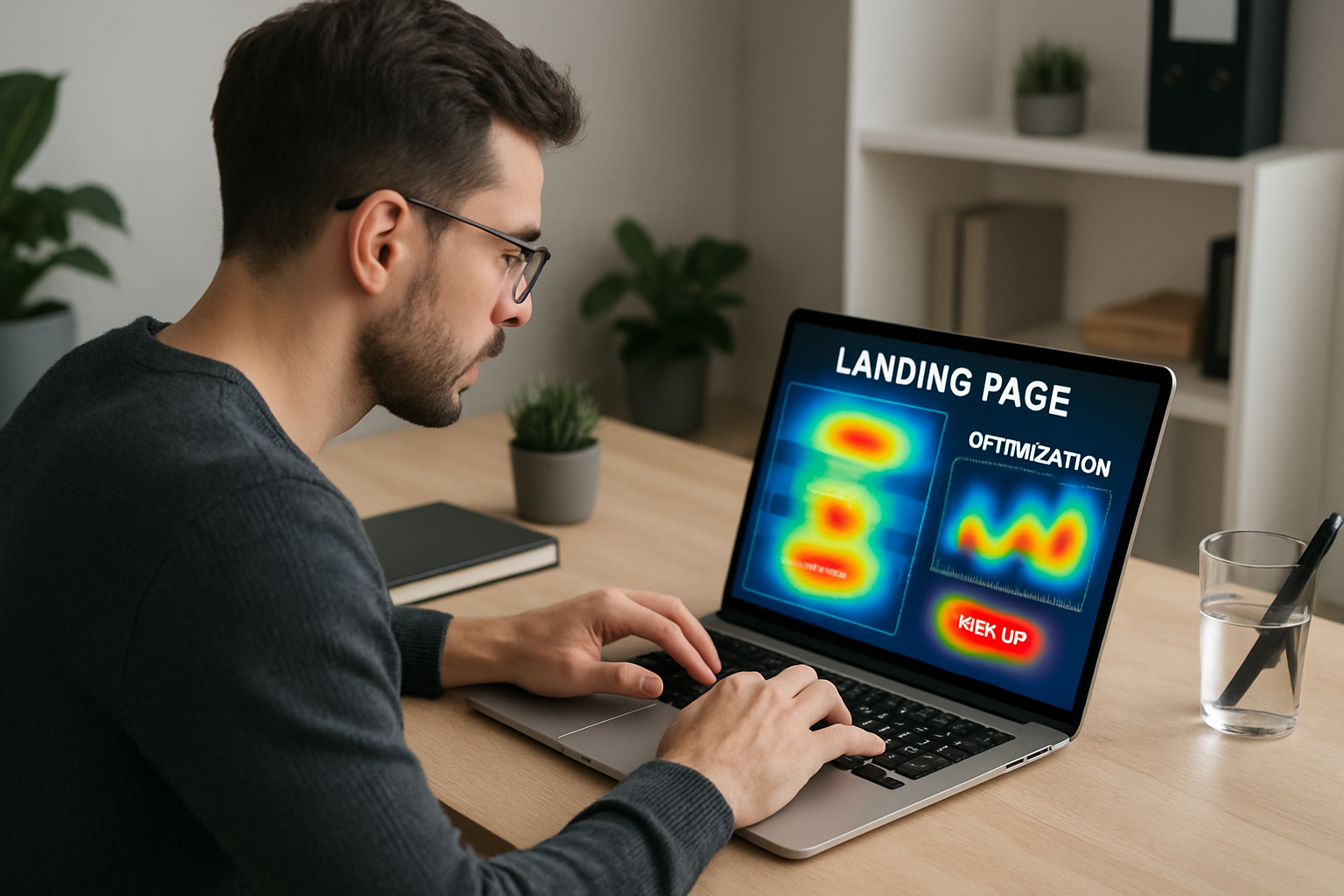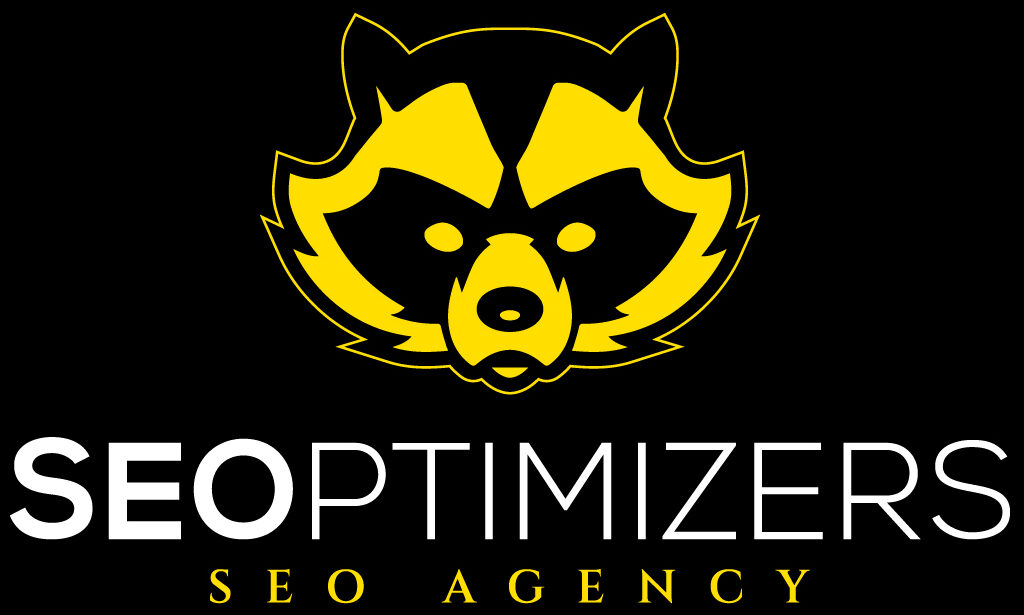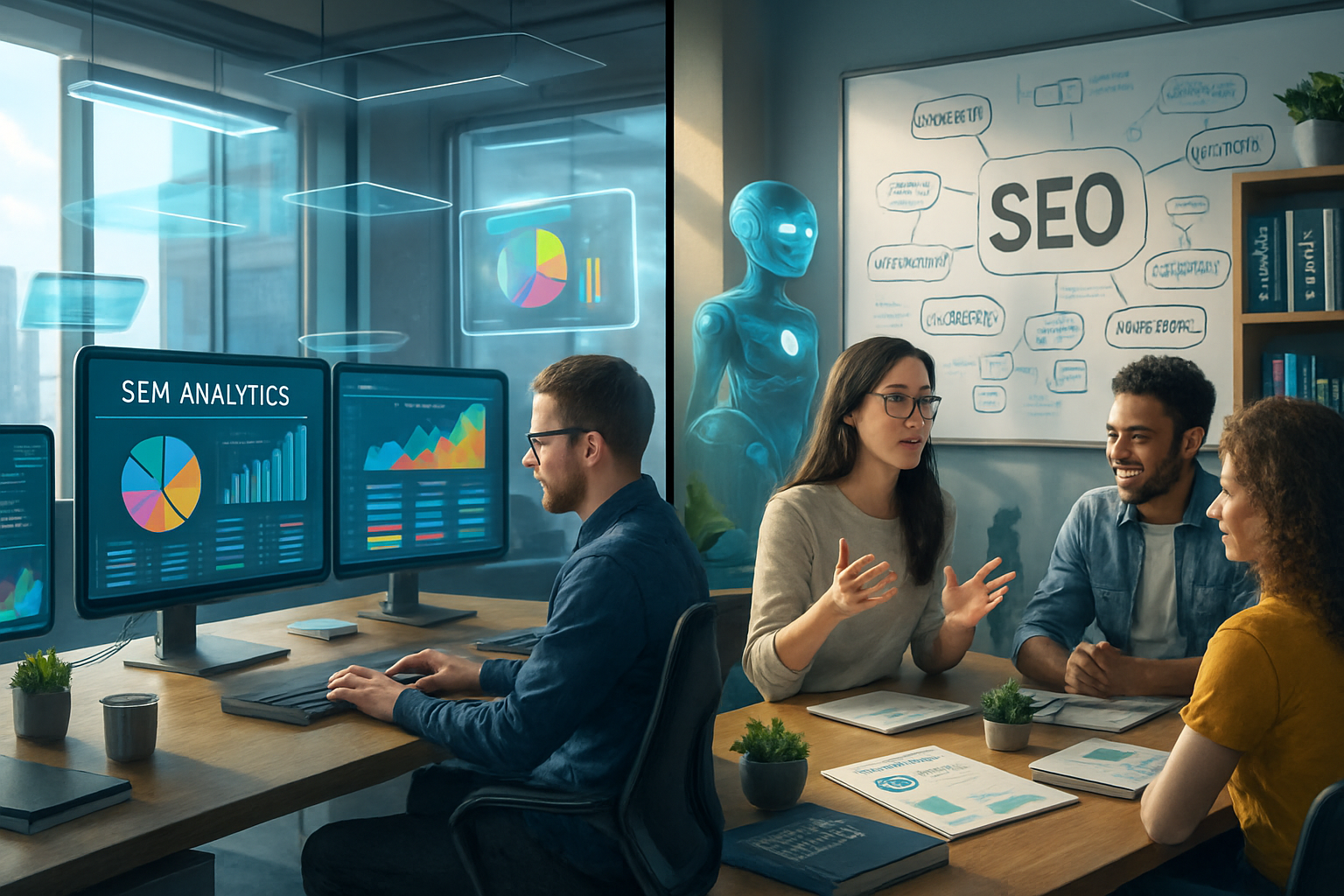Quick brief: Marketers entering 2025 face a search landscape reshaped by AI, evolving user intent, and a blend of immediate paid opportunities and durable organic equity. This article examines how SEO and SEM now complement each other, what tactical shifts matter, and how teams can allocate budget, tools, and talent to win search — from local stores in St. Gallen to global product launches. Expect concrete examples, tool-driven workflows, and actionable comparisons that help you decide when to invest in long-term content authority and when to bid for instant visibility.
Table of contents
- SEO in 2025: strategic foundations for long-term organic growth
- SEM in 2025: paid search, AI automation, and immediate impact
- Choosing and blending SEO vs SEM: a pragmatic decision framework
- Tactical playbooks: keyword research, content engineering, and campaign optimization
- Measurement, budgeting and team structures CMOs need in 2025
SEO in 2025: strategic foundations for long-term organic growth
SEO today means far more than keyword stuffing or backlink counting; it is about building a digital asset that consistently earns attention and trust. In 2025, search engines like Google prioritize signals that demonstrate genuine expertise and helpfulness. Brands that invest in user-centered content, technical resilience, and topical authority see compounding returns.
Consider the case of a hypothetical brand, LumenWear, a mid-size wearable tech maker that pivoted to an expertise-driven content model. By leveraging product engineers to publish deep explainers and case studies, LumenWear moved from page three to top organic positions for several mid-funnel queries over nine months. That shift reduced their dependency on paid ads and improved conversion rates from organic sessions by 32%.
Core priorities and tactics
- Semantic and intent optimization: create clusters of content that answer intent rather than target isolated keywords.
- Experience and E-E-A-T: highlight demonstrable experience, author credentials and transparent sourcing in all cornerstone pages.
- Technical excellence: optimize Core Web Vitals, structured data and mobile UX to remove ranking friction.
- Multimodal search readiness: prepare for voice and visual search queries through schema, concise answers and optimized images.
Tools matter. Use Ahrefs and SEMrush for large-scale keyword and gap analysis, Moz for link research, and Screaming Frog to uncover technical blockers. For content-level optimization and CMS-level integration, plugins like Yoast or enterprise platforms such as BrightEdge provide workflows that scale editorial quality.
| SEO Focus Area | 2025 Priority | Example KPI |
|---|---|---|
| Content authority | Topical clusters and expert pages | Organic lead rate, SERP feature share |
| Technical SEO | Core Web Vitals & mobile UX | Page speed, CLS/ LCP metrics |
| Local SEO | GEO-optimized landing pages | Local pack impressions, map actions |
SEO also feeds other channels. Organic insights inform product messaging and email topics. For example, content that ranks in featured snippets often competes effectively in voice responses on assistants, turning a FAQ page into a voice-enabled lead magnet.
Practical example: LumenWear used Ahrefs to identify high-intent informational queries, then used engineers to craft data-rich explainers and case studies. With schema, the pages captured rich snippets and image results, increasing organic traffic by double digits in six months.
Finally, recognize that organic visibility is a trust-building asset. Unlike ads that disappear when budgets stop, a well-optimized cluster continues to attract prospects and supports lower-cost acquisition over time. For brands aiming to scale sustainably, the investment in SEO remains non-negotiable.
Insight: Treat SEO as a product investment that pays dividends; align editorial, engineering and PR to create durable organic equity.

SEM in 2025: paid search, AI automation, and immediate impact
When speed matters, SEM delivers. In 2025 paid search platforms have matured into AI-driven performance engines. Campaigns that once required constant micro-management now rely on machine learning for bidding, creative optimization and audience selection. This transforms how marketers plan launches, promotions, and highly-targeted conversion funnels.
Imagine GreenBox, an e-commerce startup launching a seasonal product line. They needed immediate sales on day one. Using performance-focused SEM campaigns across Google and Microsoft Advertising, GreenBox achieved 40% of their launch revenue within the first 48 hours. The SEM stack was heavily automated: smart bidding, responsive search ads, and cross-channel Performance Max strategies.
Key SEM capabilities in 2025
- AI-driven bidding and forecasting: platforms predict conversion probabilities and adjust CPCs in real time.
- Creative automation: dynamic ads assemble headlines, images, and short videos tailored to audience segments.
- Audience orchestration: integrate first-party lists from CRM tools like HubSpot for retargeting and lookalike expansion.
- Cross-platform reach: combine search, shopping, display and video formats, and measure holistically.
SEM requires continuous measurement and rapid iteration. Use SpyFu to analyze competitor paid strategies, and SEMrush to surface auction insights. Integrate conversion tracking into analytics and CRM to avoid wasted spend and to optimize on true business outcomes rather than proxy metrics.
| SEM Aspect | 2025 Feature | When to prioritize |
|---|---|---|
| Paid search | Responsive search + smart bidding | Product launches, promotions |
| Shopping & e-commerce | Dynamic product ads + feed optimization | Retail and seasonal campaigns |
| Local ads | Geo-targeted bids + store visits | Brick-and-mortar promotions |
Budgeting for SEM should account for both experimentation and scaling. Early campaign phases should be treated as testbeds for messaging and landing page variants. Use rapid A/B testing to refine CTAs and creative, then scale winning combinations.
GreenBox’s approach combined short-term SEM impact with a long-term plan: they used paid campaigns to fund traffic to newly published SEO pages and tracked which paid keywords converted best. The organic team then prioritized those topics for content development.
Finally, guard against over-reliance on paid channels. While SEM provides fast results and precise control, it remains dependent on budget. The smartest marketers allocate SEM to moments where speed and targeting justify the spend — product launches, high-margin promotions, and moments when testing will inform broader strategy.
Insight: Use SEM for tactical reach and intelligence; let paid learnings inform organic priorities and vice versa.
Choosing and blending SEO vs SEM: a pragmatic decision framework
Most successful teams in 2025 don’t treat SEO and SEM as competing silos; they use them as complementary levers. Deciding how to split budget and focus requires a decision framework that maps goals, timeline, and audience behavior to the right mix of paid and organic tactics.
Consider a fictional regional chain, Alpine Café, expanding from Luzern to St. Gallen. Their goals: immediate footfall during opening weeks, and a long-term increase in loyalty program sign-ups. They used SEM to drive immediate local awareness and SEO to build regional authority. The combined approach reduced total CAC and increased lifetime value.
Framework: Goals -> Timeline -> Channel Mix
- Map goals to time horizon: immediate revenue or awareness -> SEM; sustained brand authority -> SEO.
- Assess budget flexibility: limited budget favors SEO investment in content; flexible budgets allow SEM experimentation.
- Determine audience search intent: high purchase intent queries benefit from SEM; research-oriented queries benefit from SEO.
- Operational capability: strong content teams favor SEO; strong analytics teams can exploit SEM faster.
Use SEM to accelerate validation: paid campaigns reveal which messages and keywords convert. Apply those learnings to SEO by creating high-quality, intent-aligned pages for terms that show strong conversion rates. For Alpine Café, paid search showed that “best latte near Luzern” and “breakfast near me open now” drove immediate visits; those insights shaped permanent local landing pages optimized for long-tail organic traffic.
| Scenario | Immediate action | Organic follow-up |
|---|---|---|
| New product launch | High-intent SEM campaigns | Create product hub and knowledge base |
| Local expansion | Geo-targeted ads and store promos | Local pages, Google Business optimization |
| Brand authority building | Thought leadership ads for awareness | Long-form guides, case studies, PR |
Practical tool flows accelerate this blend. Run paid tests in Google Ads and Microsoft Advertising, analyze query performance with SpyFu or SEMrush, then capture high-performing queries into editorial calendars powered by HubSpot or your CMS. For technical checks, schedule periodic crawls using Screaming Frog to ensure new landing pages are indexable.
One effective process is:
- Launch targeted SEM test for 2–4 weeks to gather conversion data.
- Identify top-converting queries and ad copy.
- Create SEO-first pages optimized for those queries, with structured data and shareable assets.
- Retarget visitors who arrived via organic pages with tailored SEM offers.
Balancing paid and organic also reduces risk. If paid performance degrades due to CPC spikes, organic visibility cushions traffic loss. Conversely, when algorithm shifts temporarily hurt organic rankings, SEM fills the gap while remediation occurs.
ototoolbox appears below to help you compare investment scenarios.
Comparateur interactif — SEO vs SEM (2025)
Simulez investissements, comparez ROI, flexibilité, cas d’usage et recommandations d’outils.
| Scénario | Répartition Investissement | Temps estimé jusqu’au ROI | Flexibilité | Meilleurs cas d’usage | Recommandations d’outils | Actions |
|---|
Comparaison du “Temps jusqu’au ROI” (mois)
Barres mises à jour automatiquement selon les scénarios sélectionnés.
Résumé & conseils rapides
For Alpine Café, the balanced approach delivered the best ROI: immediate attendance via SEM plus steadily rising organic local queries that reduced ad reliance after three months.
Insight: Use paid to learn and scale quickly; invest organic effort on durable keywords that paid tests validate.

Tactical playbooks: keyword research, content engineering, and campaign optimization
Turning strategy into outcomes requires repeatable playbooks. Below are tactical steps and examples you can apply across different business models, from SaaS to local retail.
Keyword and intent research
- Start with broad discovery using Ahrefs and SEMrush to map keyword opportunity and volume.
- Use competitor tools like SpyFu to see which paid queries drive competitor traffic and consider testing those in SEM.
- Segment keywords by funnel stage (informational, commercial, transactional) and prioritize based on conversion potential.
Example: A B2B SaaS company identified a set of high-intent transactional keywords via SEM tests and then built long-form comparison pages to capture organic interest, reducing their paid CPA by 18% within two quarters.
| Step | Tool | Outcome |
|---|---|---|
| Discovery | Ahrefs, SEMrush | Keyword universe |
| Competitor analysis | SpyFu, Moz | Paid/organic opportunity gaps |
| Technical audit | Screaming Frog | Indexing and speed fixes |
Content engineering and production
- Build pillar pages and cluster content with clear internal linking for topical authority.
- Use structured data so search engines can surface your content in rich results and visual search.
- Optimize for multimodal queries: include succinct answer boxes, schema for FAQs, and optimized images for visual search.
Practical tip: integrate content generation tools when productivity demands increase — see modern assistants like the one discussed here: Shortly AI productivity guide. But always edit for nuance and add human expertise to retain E-E-A-T.
Campaign and landing page optimization
- Design landing pages that serve both paid and organic visitors: fast, focused, and with clear CTAs.
- Run rapid A/B tests for headlines and offers; measure long-term value (LTV) not just initial conversion metrics.
- Integrate CRM data from tools like HubSpot to optimize retargeting segments and personalize ad creative.
A trick used by high-performing teams is to link SEM creative tests to SEO content plans. When a headline or USP performs well in ads, repurpose it into meta titles and H1s on SEO pages, while observing how organic CTRs respond.
| Tactic | Execution | Metric to watch |
|---|---|---|
| Headline testing | Responsive search ads & on-page variations | CTR and conversion rate |
| Feed optimization | Structured product data | Shopping CTR & ROAS |
| Local landing pages | GEO content + store schema | Map actions, store visits |
For local teams, review regional case studies such as tailored services for Swiss businesses: see local optimization examples for St. Gallen and Luzern here: SEO St. Gallen local businesses and SEO agency Luzern experts.
Insight: Treat content production like engineering: define acceptance criteria, measure impact, and iterate using paid learnings and crawl data.

Measurement, budgeting and team structures CMOs need in 2025
At the executive level, the question is less about tactics and more about allocation, reporting and organizational design. CMOs must craft budgets that balance rapid growth with durable brand equity while ensuring transparent reporting across channels.
Meet NovaTech, a mid-market software firm that restructured its marketing org in 2024. NovaTech created a Growth team responsible for short-term SEM experiments and a Content & Trust team owning SEO and long-term authority. The teams share KPIs and rotate staff for three-month sprints to avoid silos.
Budget allocation principles
- Objective-driven splits: allocate more to SEM for launches and more to SEO for long-term market share goals.
- Test-and-scale: reserve a portion of SEM budget for experimentation informed by SEO hypotheses and vice versa.
- Tool investments: invest in both analytics (for SEM) and content tooling (for SEO). Tools like BrightEdge, Ahrefs, SEMrush and reporting via HubSpot or BI tools standardize cross-channel measurement.
| Budget area | Recommended % (example) | Primary KPI |
|---|---|---|
| SEO and content | 40% | Organic MQLs, SERP share |
| SEM and performance | 45% | Paid ROAS, CAC |
| Tools & experimentation | 15% | Test velocity, insights generated |
Teams must also prioritize first-party data as privacy changes reduce third-party signals. Integrate analytics with HubSpot or similar CRMs and use consent-based data to drive personalization across both organic and paid touchpoints.
If you need technical validation or a quick audit to decide where to invest, start with a technical review — you can request a free technical audit as a diagnostic step: request a free technical audit. For employers and talent, explore landing and hiring resources like landing jobs to scale teams quickly.
Measurement frameworks should align to business outcomes: cost per acquisition, lifetime value, retention, and organic share of voice. Use full-funnel attribution and cohort analysis to understand how paid accelerates organic acquisition and vice versa.
Finally, incorporate external research into strategy. For example, assess how click behavior is shifting with studies on no-click searches and adapt your reliance on SERP CTR accordingly: research on no-click searches.
Insight: Structure teams for collaboration, align budgets to clear objectives, and use a blend of paid experimentation and organic investment to build a resilient acquisition engine.
Additional reading to inform strategy: an updated analysis on SEO vs SEM perspectives and benefits is available here: SEO vs SEM overview. For regional optimization examples and consultancy support, review local case studies like Luzern experts and local St. Gallen resources above.
For teams building a long-term advantage, invest in tools, cross-training, and processes that let paid inform organic and organic sustain paid gains. This is the operational model winning markets in 2025.

